Replacement Costs vs. Actual Cash Value
In the insurance world, when a property has been damaged, based on the options chosen in the policy, there are 2 ways an insurer approaches the repairs. The first is on a Replacement Cost basis where the insurer repairs the damages at whatever the cost is, up to the limits of the coverage in the policy.
The second is the Actual Cash Value basis where the insurance company evaluates what it will cost to repair the damages. Then instead of paying the full price of the repairs, the insurer will only pay the cost less depreciation of the materials based on their age.
For instance, if you have a 10 year old roof that has been severely damaged in a hail storm and needs to be replaced, with RC the insurer will replace the roof, no questions asked. With ACV, the insurer may say the the average life expectancy of a roof is 15 years; so the roof has been in place for 2/3's of its life's expectancy, so we'll pay only 1/3 of the price of a new roof.
The premium on a policy with RCV coverage is much less expensive. You can imagine the surprise when a homeowner thinks they've gotten a really good deal on their insurance only to find out they don't have full coverage in the event of a loss.
